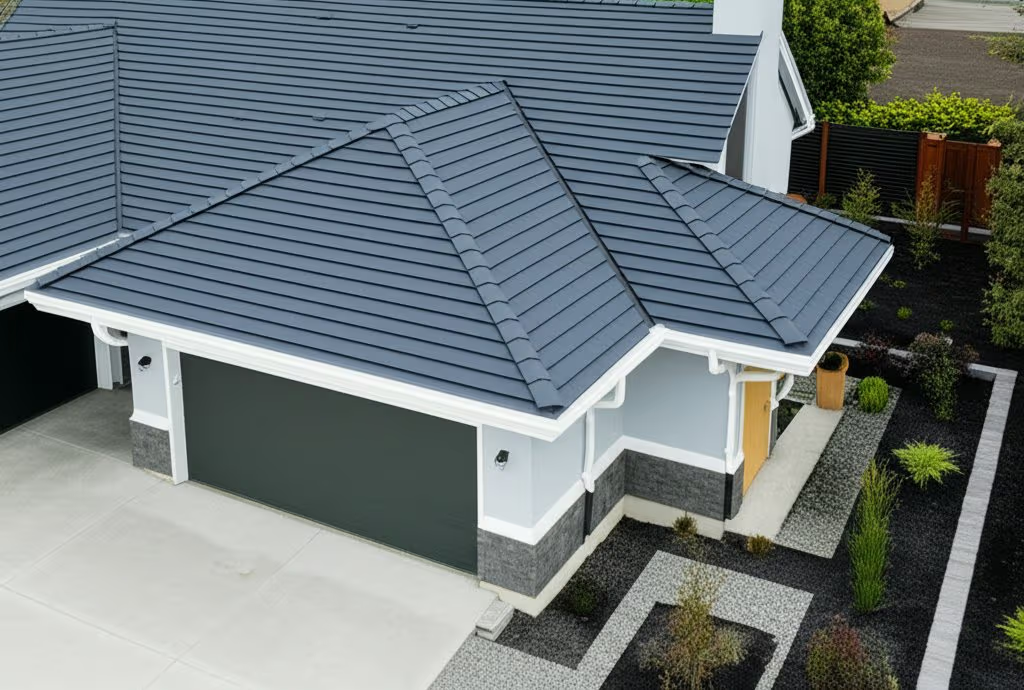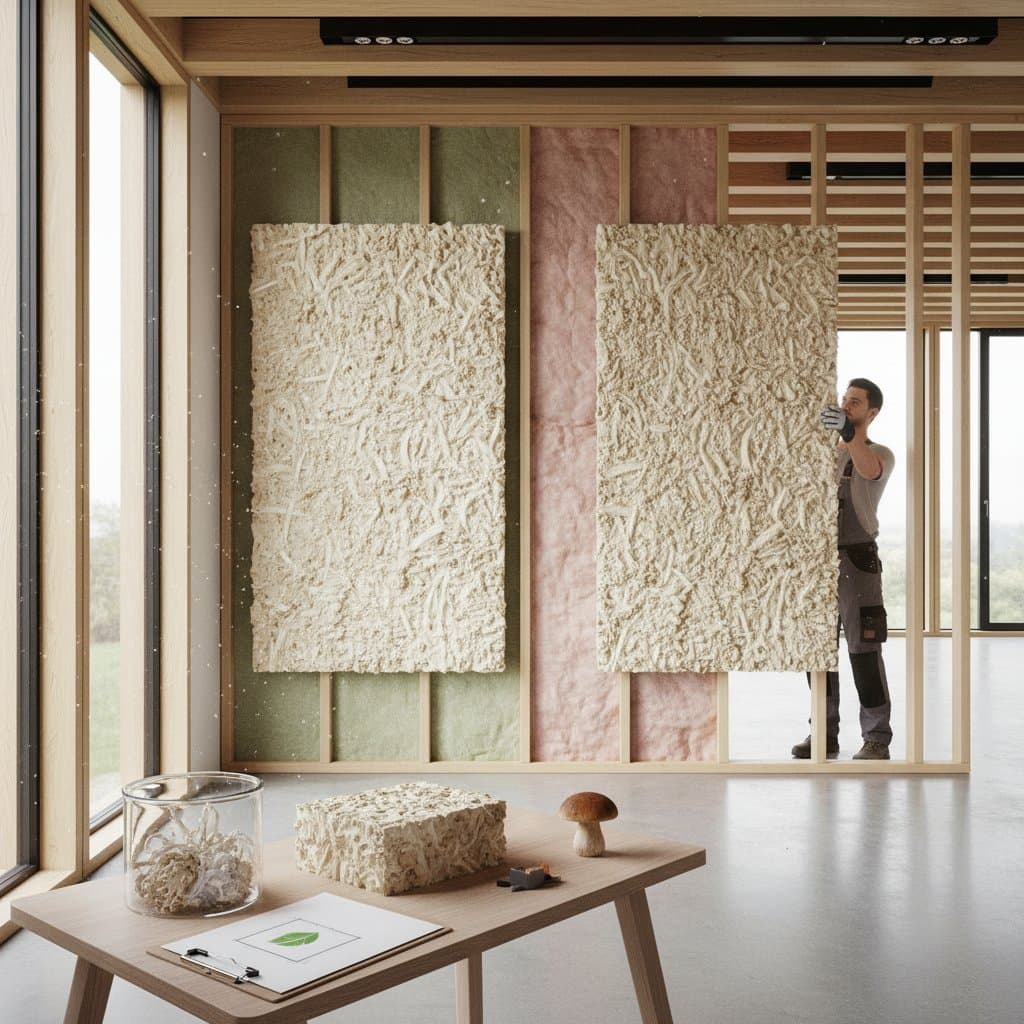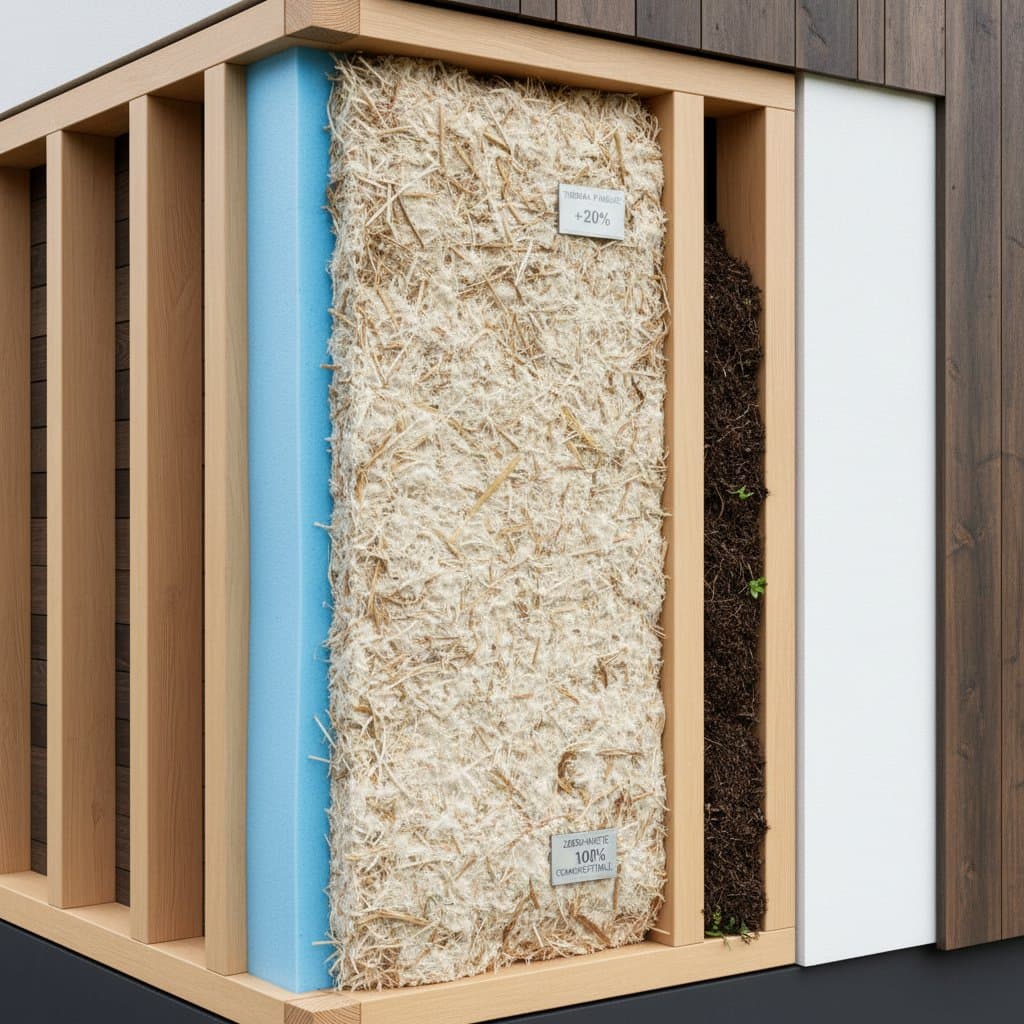Introduction to Recycled Plastic Roofing
Homeowners seek materials that balance performance, sustainability, and cost-effectiveness. Recycled plastic roofing stands out in this landscape. Derived from post-consumer plastics like bottles and packaging, this material transforms waste into a robust roofing solution.
Traditional roofs often struggle with heat retention and short lifespans. Recycled plastic roofs address these issues directly. They provide a cooler living environment while contributing to environmental conservation.
As 2025 approaches, adoption of such innovations grows. Builders and homeowners alike recognize the value in materials that align with green building standards.
Environmental Advantages
Recycled plastic roofing begins with sustainability at its core. Manufacturers repurpose plastics that would otherwise clutter landfills or oceans. This process diverts millions of tons of waste annually.
Production requires less energy compared to virgin materials. Factories melt and mold recycled plastics, minimizing the need for new resource extraction. The result is a lower carbon footprint for each installed roof.
Beyond manufacturing, these roofs support biodiversity. By reducing plastic pollution, they help preserve ecosystems. Homeowners contribute to a circular economy with every square foot covered.
Heat Reflection and Energy Efficiency
One of the primary benefits lies in thermal performance. Recycled plastic roofs feature light-colored surfaces that reflect up to 80 percent of sunlight. This reflection prevents heat buildup, keeping attics and interiors cooler.
In hot climates, this property translates to significant savings. Air conditioning units run less frequently, reducing electricity bills by 20 to 30 percent. Studies show that homes with reflective roofs maintain indoor temperatures several degrees lower than those with dark shingles.
Energy efficiency extends year-round. In cooler months, the material's insulation properties retain warmth, further optimizing heating systems. Overall, these roofs promote a more comfortable home with lower utility demands.
Durability and Longevity
Recycled plastic roofs excel in resilience. Engineered to withstand extreme weather, they resist hail, high winds, and heavy rain. Unlike asphalt shingles, which degrade under UV exposure, plastic formulations include stabilizers that prevent fading and cracking.
A typical lifespan reaches 50 years or more. This longevity surpasses traditional shingles, which last 20 to 30 years. Fewer replacements mean reduced maintenance costs and less waste over time.
The material's flexibility absorbs impacts without shattering. In regions prone to storms, this durability provides peace of mind. Homeowners invest once for decades of protection.
Key Durability Features
- UV Resistance: Built-in inhibitors block harmful rays, maintaining structural integrity.
- Impact Tolerance: Withstands debris from winds up to 110 mph.
- Thermal Expansion: Adapts to temperature fluctuations without warping.
Aesthetic and Design Options
Style remains a priority in modern homes. Recycled plastic roofs mimic the look of slate, wood shakes, or clay tiles. Available in various colors and textures, they enhance curb appeal without compromising sustainability.
Installation mirrors conventional methods. Professionals secure panels or tiles to the roof deck using standard fasteners. The lightweight nature simplifies the process, often reducing labor time by 15 percent.
Customization allows integration with solar panels or green roofs. Designers create seamless blends of form and function. Homeowners achieve a premium appearance at a fraction of the cost of natural materials.
Comparison to Asphalt Shingles
Asphalt shingles dominate the market due to affordability and availability. However, they absorb heat, leading to higher cooling needs. Their petroleum base also raises environmental concerns.
Recycled plastic roofs offer superior heat reflection, as noted earlier. They outlast shingles by double the duration, cutting long-term expenses. Initial costs may exceed those of basic shingles, but rebates and energy savings offset the difference within five years.
Maintenance differs markedly. Shingles require frequent inspections for granule loss and curling. Plastic roofs clean easily with a hose, resisting moss and algae growth.
| Feature | Recycled Plastic Roofs | Asphalt Shingles |
|---|---|---|
| Lifespan | 40-50 years | 20-30 years |
| Heat Reflection | High (up to 80%) | Low (absorbs 70-90%) |
| Eco-Impact | Low (recycled materials) | High (petroleum-based) |
| Maintenance | Minimal | Regular |
Installation and Practical Considerations
Professional installation ensures optimal performance. Contractors assess roof pitch, local codes, and climate conditions. Preparation involves clearing the deck and adding underlayment for added protection.
Homeowners should select certified products meeting standards like those from the Cool Roof Rating Council. Warranties often cover 50 years, providing assurance against defects.
Budgeting includes material costs, around $8 to $12 per square foot. Factor in potential incentives from utility companies or government programs for green upgrades.
Trends Shaping 2025 and Beyond
By 2025, recycled plastic roofing gains momentum in new construction and retrofits. Building codes increasingly favor cool roof technologies to combat urban heat islands. Innovations include integrated sensors for monitoring performance.
Market growth projects a 15 percent annual increase. Suppliers expand options with recycled ocean plastics, enhancing appeal. Homeowners position themselves ahead of the curve by adopting early.
Realizing Long-Term Benefits
Choosing recycled plastic roofing yields immediate and enduring rewards. Families enjoy cooler summers, smaller energy bills, and a lighter environmental load. The investment fortifies homes against future challenges.
This material bridges practicality and purpose. It empowers individuals to make choices that benefit their wallets, comfort, and the planet. As sustainable living becomes standard, recycled plastic roofs lead the way in resilient design.








